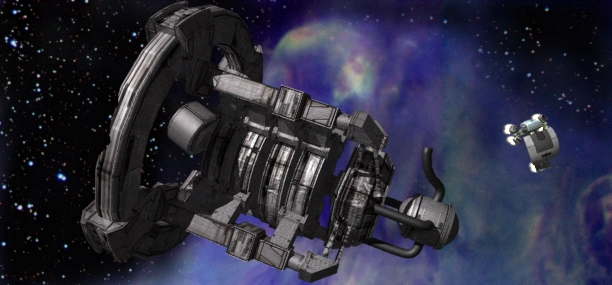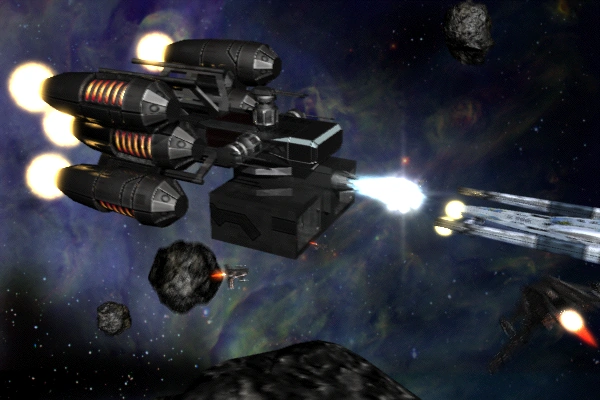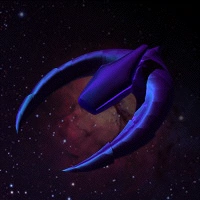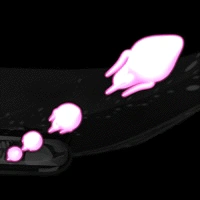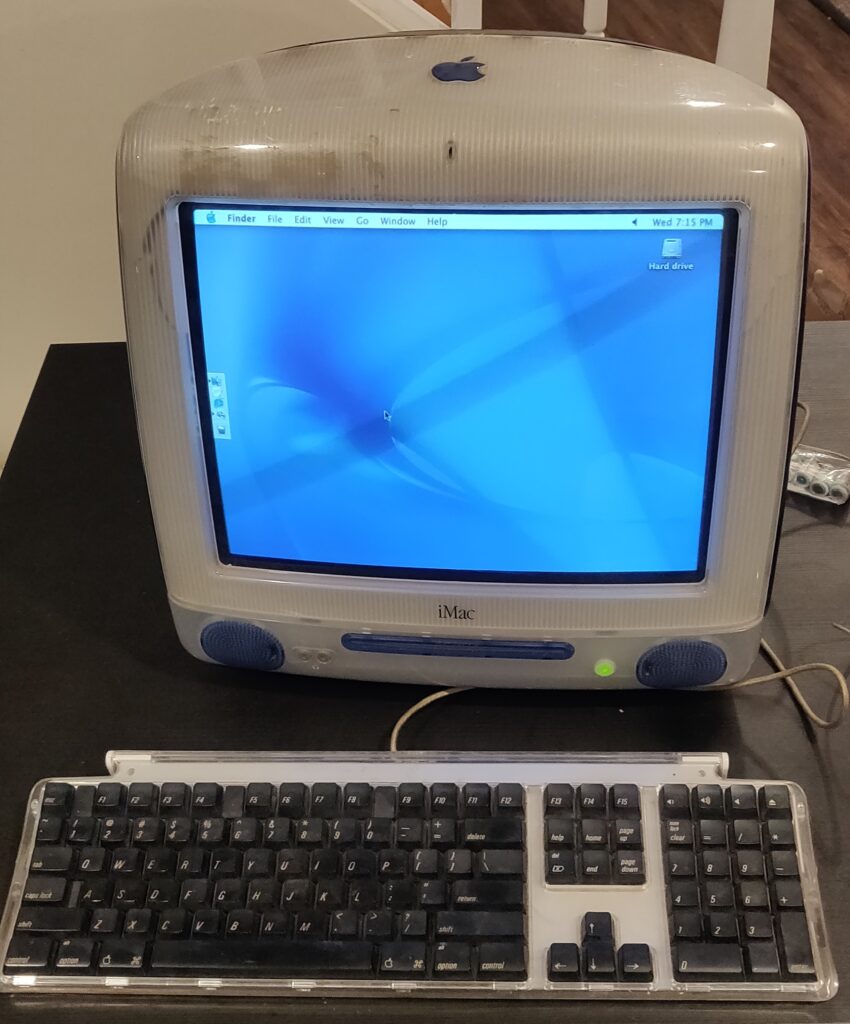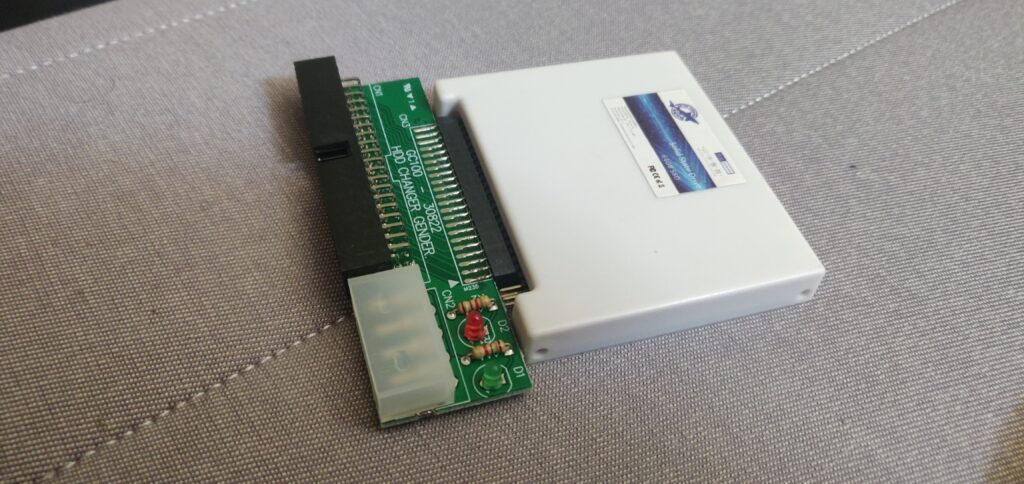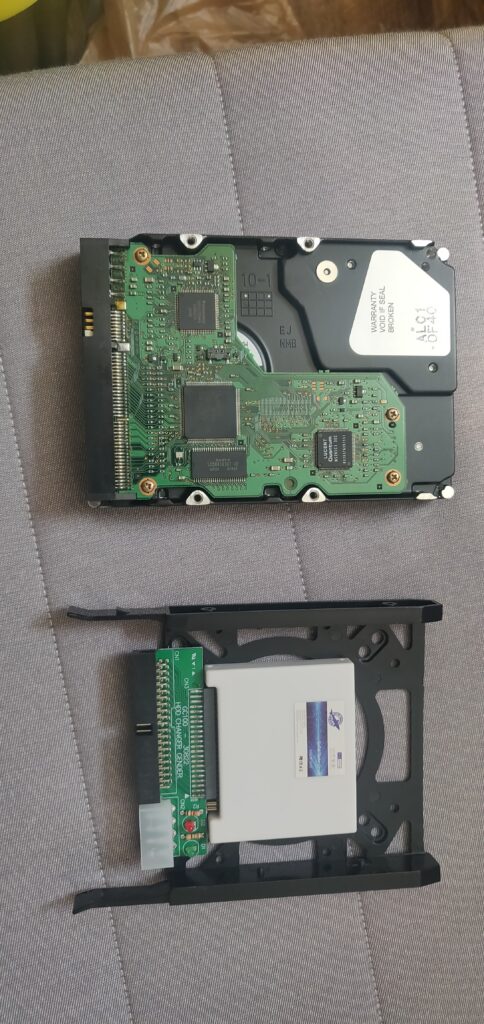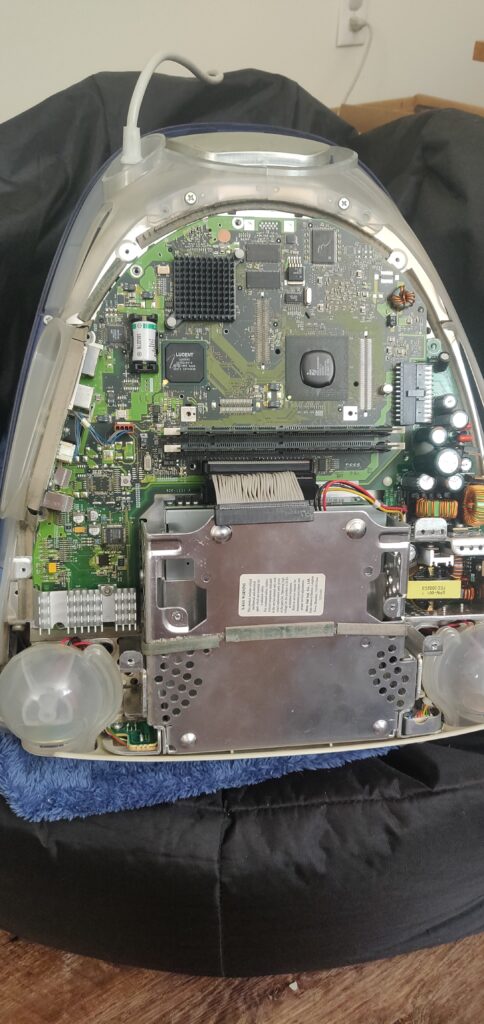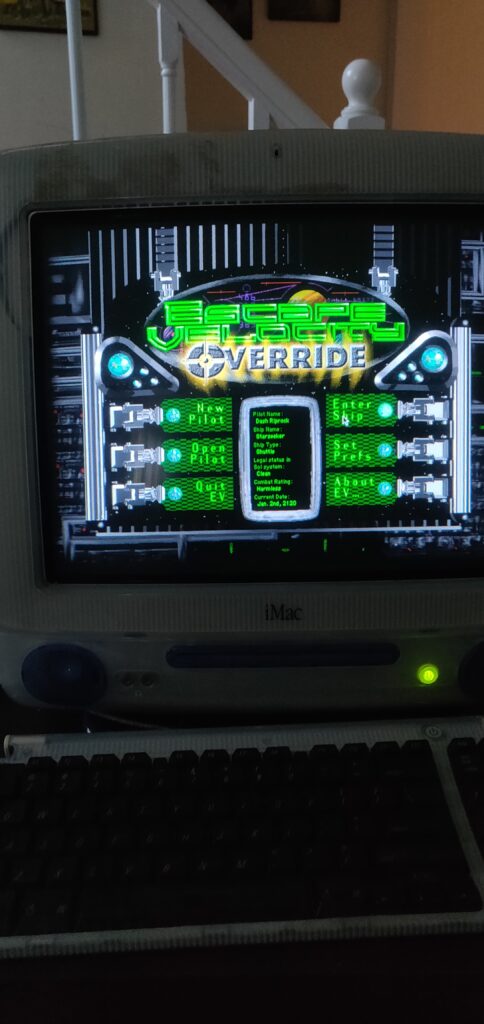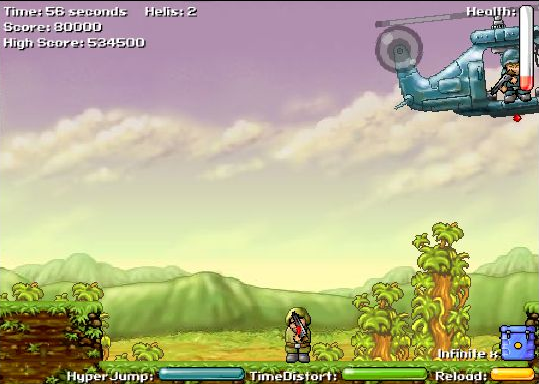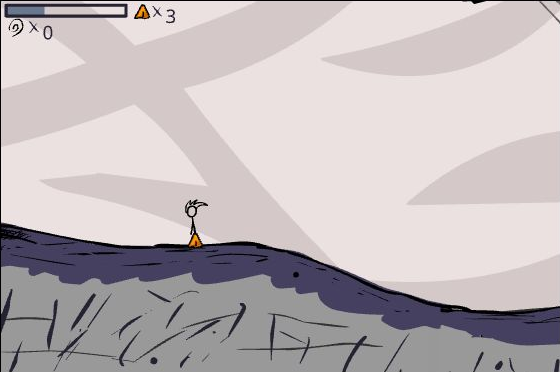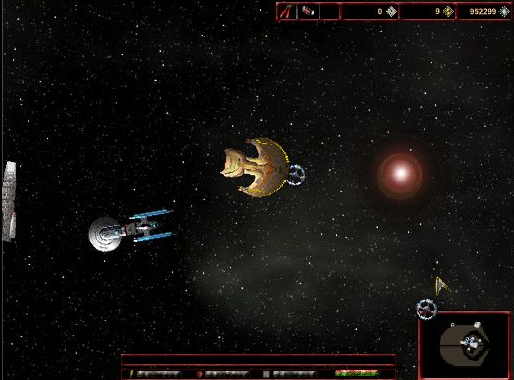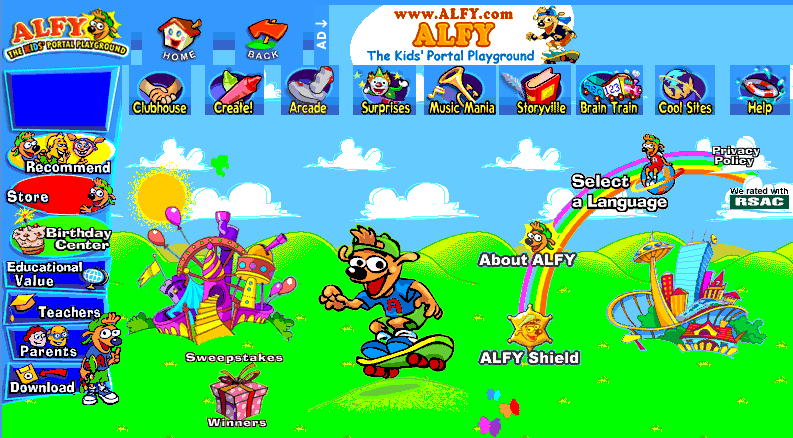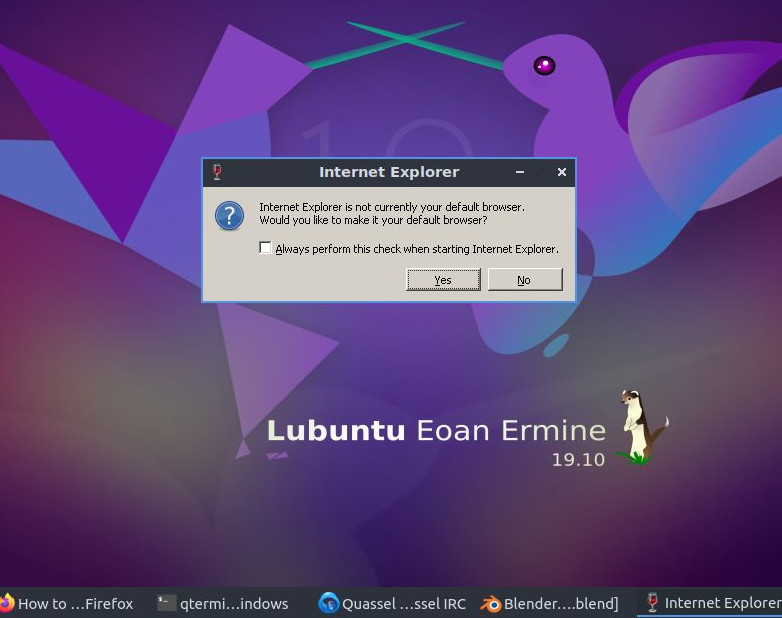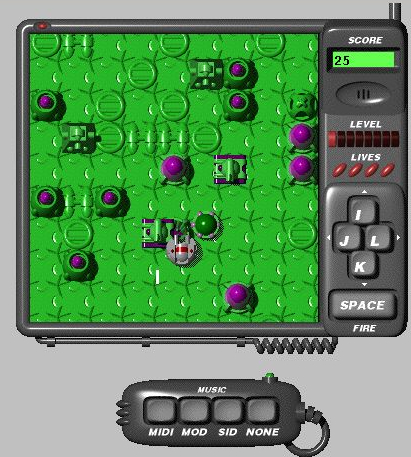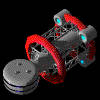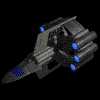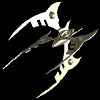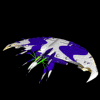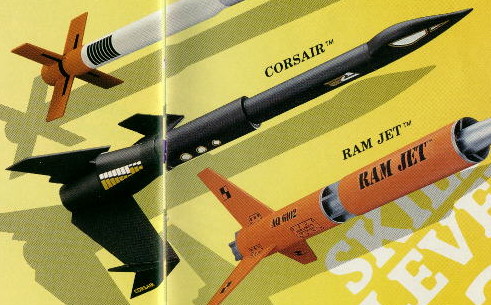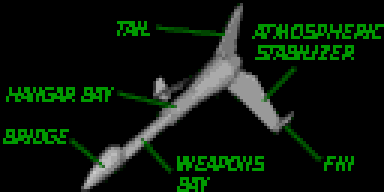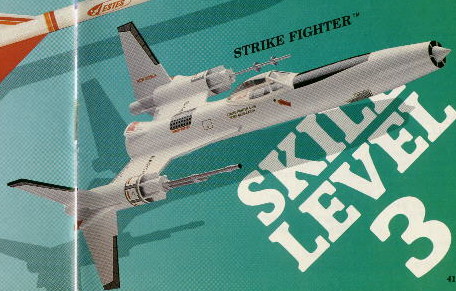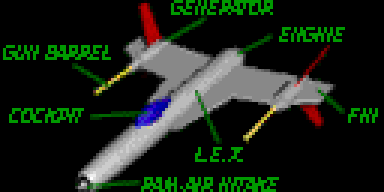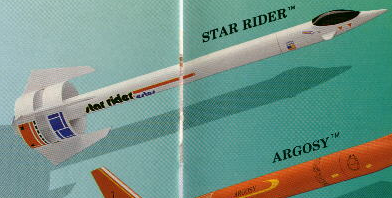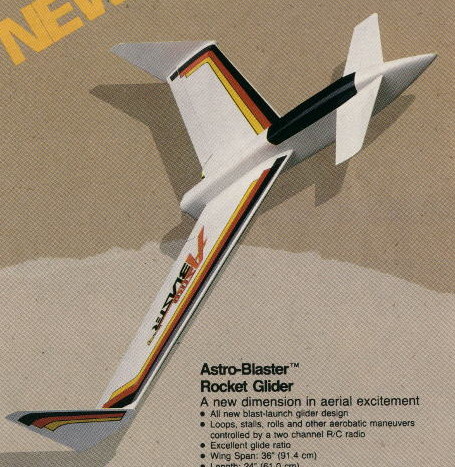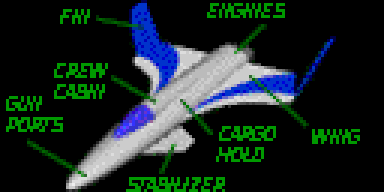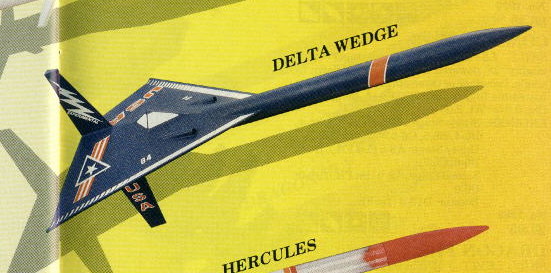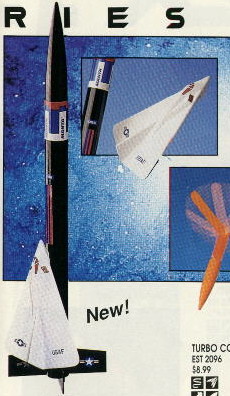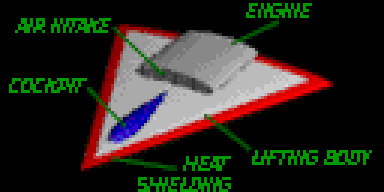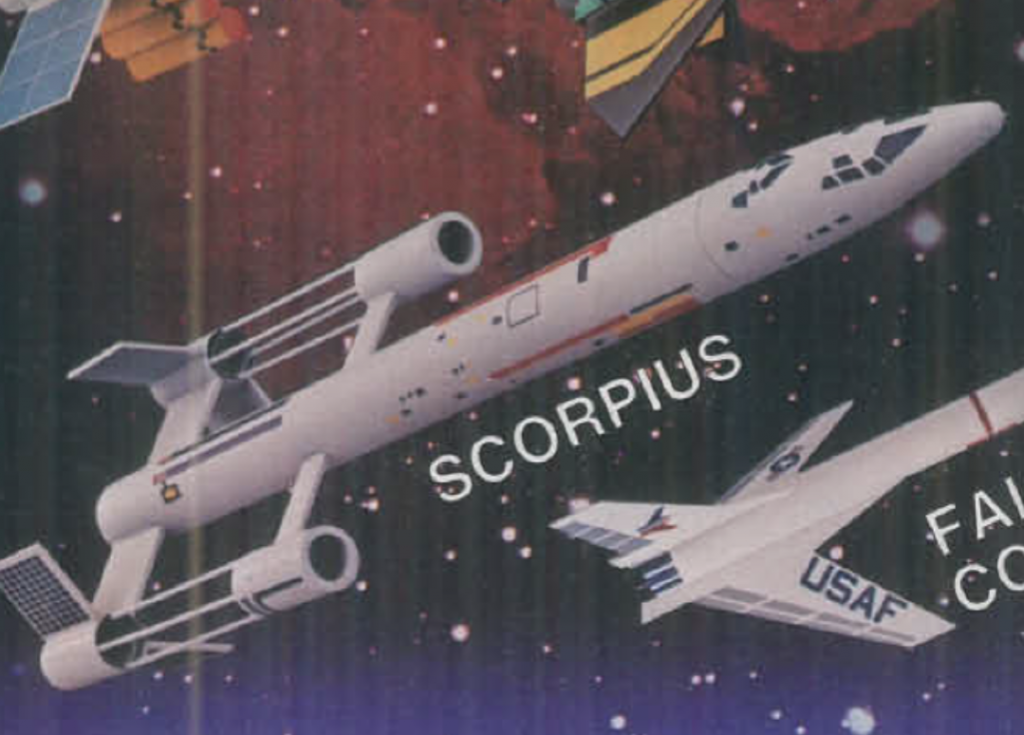If you were to list the great popular historical books of the computer world, you’d probably hear The Cuckoo’s Egg, Soul of a New Machine, and then a smattering of books by Wired Magazine regulars, like Cyberpunks and Where Wizards Stay Up Late. Fire In The Valley maybe, though I imagine Cromemco gets less relevant every day. What I rarely see recommended, however, and what I think belongs on the podium along with Kidder and Stoll, is Indra Sinha’s The Cybergypsies.
The gibsonian flair of the first few chapters creates the impression of a novel, and I think this confused some readers. I had to check out several facts and, low and behold, they turned out true. Eventually I realized “Bear,” the narrator, was Indra, and it’s a memoir. Shades was a real place; you can see a YouTube video playing back a recorded (and very chaotic) session. What else confused people? The terminology is probably period, but it’s a period that was over when the book was published-it’s a story of the modem world and what we would now call BBSs running MUDs.
The characters are drawn with attention to their humanity. It would be easy to turn this story into a people zoo, but Bear never does, instead opting for empathy even when he’s relating outrageous behavior and hilarious drama. In a different era, with a different pen, it might have been delivered as a very long forum post. Nowdays, perhaps as the sort of YouTube essay Folding Ideas produces. Because it really gets to the heart of what it means to be terminally online. Sinha was terminally online before that was even a thing.
You also need to realize that Bear’s got a truly fantastical imagination, and this may have rubbed literal-minded hackers the wrong way. He describes playing online MUDs with a richness that helps justify the outrageous price tag of being online in those days. There’s one scene where you suddenly realize he’s playing Colossal Cave Adventure and you almost don’t recognize it because his vivid description doesn’t betray the spartan description actually given in the game. Indeed, it’s a really interesting appraisal of text adventure games in general and the power of imagination.
So why don’t we hear about it now? Well, for one thing, it’s got a slur in the title. That makes it a bit awkward to bring up. In 1999 the dot-com crazy world wasn’t interested in a book about BBSing; compare similar books and they’re associated with favored technologies like Unix and TCP/IP. It wasn’t associated with any big exciting well known company either. Also, the original dust jacket (NSFW) features a pixelated, suggestively posed woman. It is a mature adult story but not lurid; the cover probably didn’t do it any favors in getting a more serious audience. Oh, and it’s not entirely optimistic, indeed showing the dangers of being terminally online, but again it’s not sensationalized. A lot of reviews at the time latched on to this, selling it as a bit of a horror or anti-tech story. But I really don’t think it earned that appraisal, I just don’t think we had the words we now have to describe what he was writing about.
(Bonus: interview with the author https://in.rediff.com/news/2007/aug/22inter.htm)


